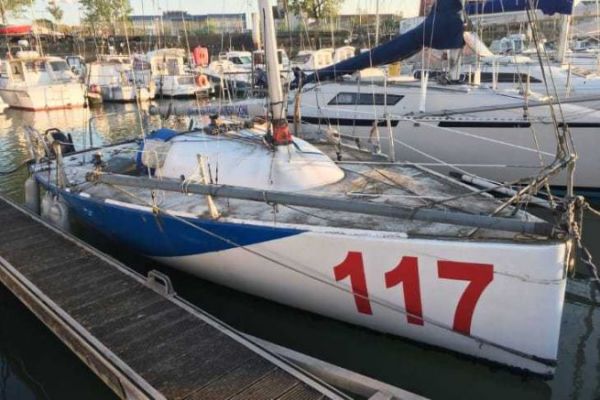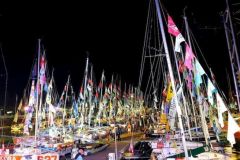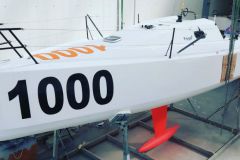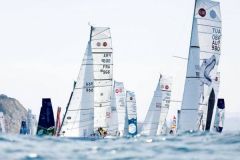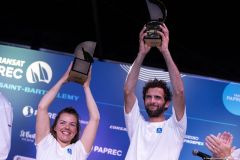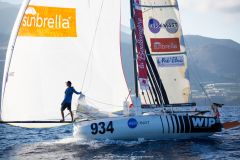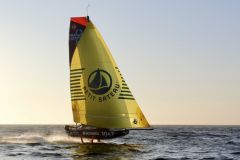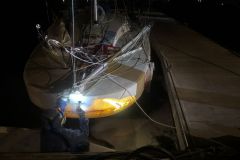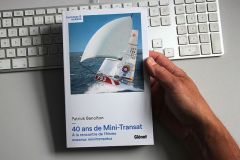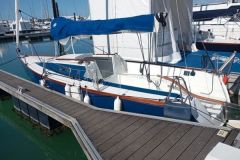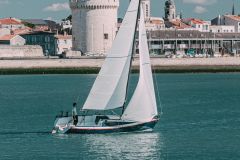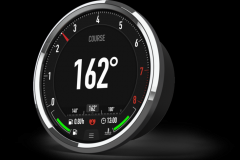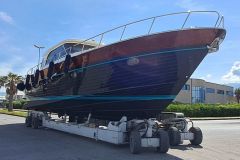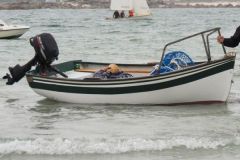Making a Mini 6.50 responsibly
Originally from the North of France, between Boulogne and Dunkerque, Thomas Cichostepski started sailing single-handed as a self-taught sailor. He started in the Channel on a Sangria and caught the virus. The young man, a carpenter by training, having worked on historical monuments, discovered the pleasure of maritime DIY during his first real work on his Sangria. With a neighbor of the construction site, the imagination is warmed up and the idea is born to launch out in Mini 6.50, with a responsible project, but also affordable for the young man.
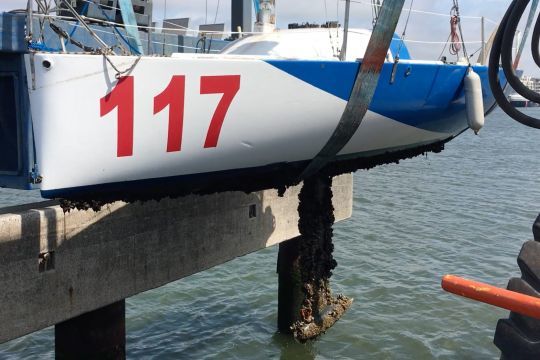
The quest for the boat
After having considered building a plywood prototype himself, the carpenter, advised by friends, decided to buy a second-hand boat: "As a friend pointed out to me, the hull would necessarily cost and there would be nothing left to equip it. I had 2 options at the time, an old production boat, which is very complicated today with the success of the class, or an old proto. So that's what I chose. It also fits more with the idea of doing your project with your hands which is mine."
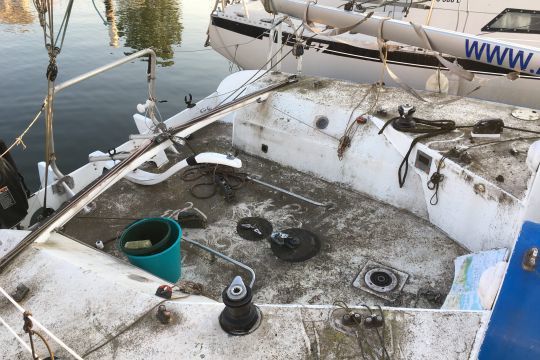
After a tour of Brittany from which he comes back empty-handed, Thomas finally discovers a Mini abandoned in Dunkerque. He finally manages to negotiate the Pogo 117 at a very low price. He describes it: "It's an affordable and simple Rolland-designed proto, with a fixed keel and the hull of the Pogo 1. It was Yannick Bestaven's for his first Mini Transat."
He takes the boat out of the water and takes advantage of the loan of a shed by the YCMN in Dunkerque, to start the work. And there is work to do, with an abandoned boat, suffering from the beginning of delamination. He sanded everything bare, before transferring the boat to Concarneau, where he is now preparing it.
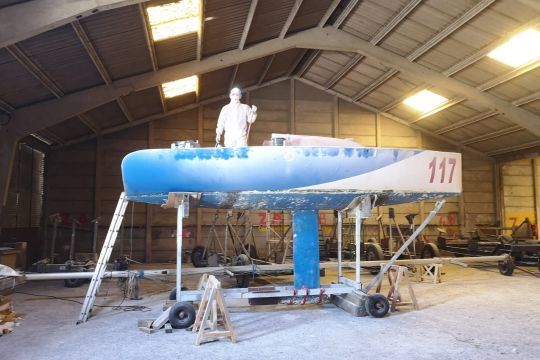
A Mini by the gauge, as simple as possible
If all the subjects are not yet decided, Thomas has thought about the different approaches that he will detail as the work progresses: "The principle is to say that we can have fun without spending 150,000 euros and to do it ourselves. For the rigging, I would like to see with textiles of recovery. For the buoyancy, we will try to use the mycelium of mushroom. As for energy and electronics, we have identified that the pilot is the biggest consumer. There are two possibilities: the windvane gear or an energy-saving electronic pilot. We are working on an open source solution with the Konk Ar Lab, the fablab in Concarneau. We're also interested in interior design with recycled textiles and food, to try to do without freeze-drying, the most zero waste and vegetarian, looking at ancient techniques of conservation."
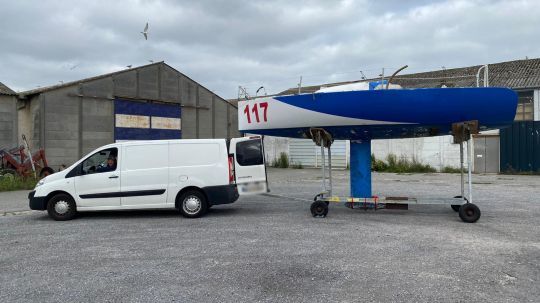
The Mini 117 should therefore become a nice laboratory, while remaining at the gauge, to participate in the races of the circuit. To be continued!

 /
/ 